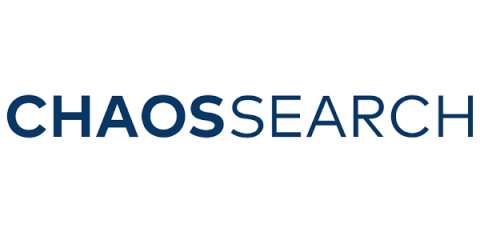Optimize Your AWS Data Lake with Streamsets Data Pipelines and ChaosSearch
Many enterprises face significant challenges when it comes to building data pipelines in AWS, particularly around data ingestion. As data from diverse sources continues to grow exponentially, managing and processing it efficiently in AWS is critical. Without these capabilities, it’s harder to analyze and get any meaning from your data.










